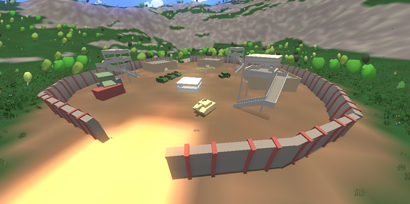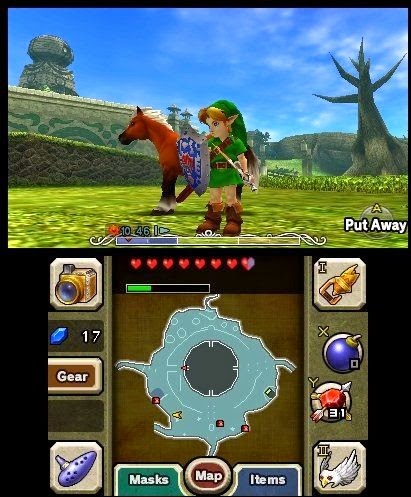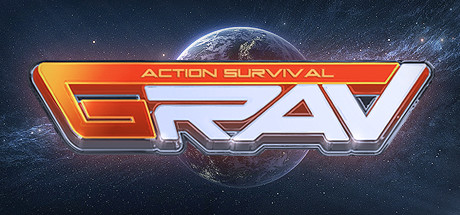

When we first heard that the same studio that makes the fluidly acrobatic, lushly visualized Prince of Persia series was going to make a Teenage Mutant Ninja Turtles game, we were thrilled. In our minds, no other team on Earth was better suited to blend the four things that define the turtles: a dark personality (in the original comics at least), incredibly acrobatic ability to treat an entire city like a jungle gym, teamwork, and high-flying martial arts shell-kickery complete with different weapons, styles and co-op moves.
Or so we thought. Unfortunately, TMNT isn't the game we'd hoped for; the one that would finally have the teen turtles growing from the basic brawler playpen into gameplay adulthood and taking their place in the over-21 line. Rather, it's more a case of them going back to Jr High and snapping the lady turtles' training bras because they're still too immature to actually ask them out.
The trouble is, this franchise has incredible potential and it just doesn’t realize it at all. First off, there are four ninja turtles. There have always been. Why then, is this a solo mission? Okay, the PSP version adds an ad hoc racing mode, but that just makes things worse. Playing alone only makes sense when you're playing as the fifth character, Raphael's masked alter-ego the Nightwatcher. Which is a nice touch, frustrating or not.
On the plus side, the turtles feel incredibly nimble as they hotfoot the whole of New York, from sewers to rooftop. They run, jump, pull-up, pole-swing and wall run so easily, smoothly and intuitively that Spider-man himself would approve. The real Spider-man we mean, not that half-hearted, "quitting after three movies" poser. Each has a specific move that helps him get around, too: Donatello pole vaults with his bo staff, Michelangelo spins his nunchuks like copter blades to glide, the sword-swinging Leonardo literally teleports through iron bars and gates, and Raphael just shoves the shafts of his sai into any vertical surface and pulls himself up like a stabby spider.
But this too feels like a missed opportunity - not enough puzzles really capitalize on these abilities and how they interact. A multiplayer game that required the turtles to co-ordinate their efforts and powers could have rocked so much harder. For that matter, so could a camera that chose better angles and thus caused to fewer missed jumps due to misjudged distances.




 Review: Riva Turbo X
Review: Riva Turbo X A Spectres Life for Me: Why I Like Mass Effect Better than Star Wars (or any other sci-fi)
A Spectres Life for Me: Why I Like Mass Effect Better than Star Wars (or any other sci-fi) Fallen Enchantress: Legendary Heroes Review
Fallen Enchantress: Legendary Heroes Review Watch Dogs Unlocking ctOS Towers Walkthrough
Watch Dogs Unlocking ctOS Towers Walkthrough How to Fix GRAV Minimize Bug, Crashes, Freeze, Lag and Spinning Screen, Increase Blueprint drops
How to Fix GRAV Minimize Bug, Crashes, Freeze, Lag and Spinning Screen, Increase Blueprint drops